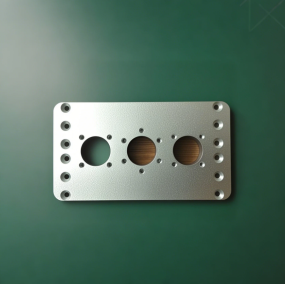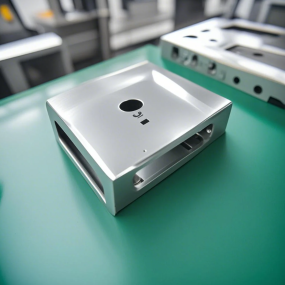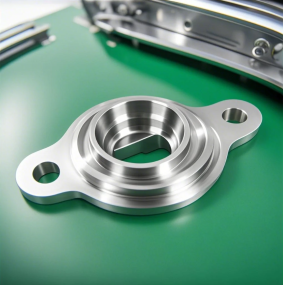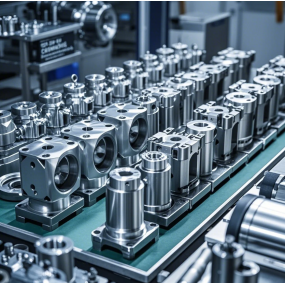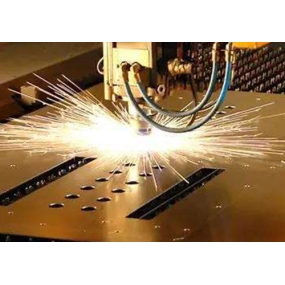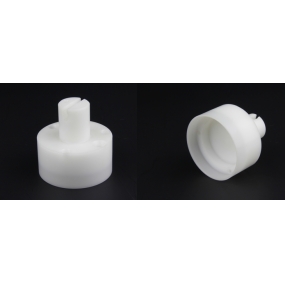Machining precision stamping parts has strict requirements on the thickness of the sheet metal, because the thickness of the material determines the gap of the mold. The thickness of the sheet metal varies greatly, and the production with the same stamping die and the same gap will affect the quality and accuracy of the product. Severe mold damage will occur, and even equipment accidents will occur when producing large precision stamping parts. What is the impact of excessive thickness of the sheet metal?
1. In the blanking process, burrs can be formed if the positive error of sheet thickness is too large or the negative error is too large. Sheets with too large negative error increase springback and affect scale accuracy. Sheets with too large positive error increase punching force and punching work, which may damage stamping equipment. Uneven material thickness can also make stamping parts appear unilateral burrs.
2. In the zigzag process, the material with large negative errors rebounds, forming inaccurate shapes and dimensions of precision stamping parts, and easy to form deflection and bending phenomena. If the positive error of material thickness is too large, the zigzag surface kneading will be formed, which will affect the surface quality of the stamping parts and increase the zigzag force and zigzag work, which may damage the equipment. Uneven thickness will also form inaccurate shapes and scales of stamping parts. 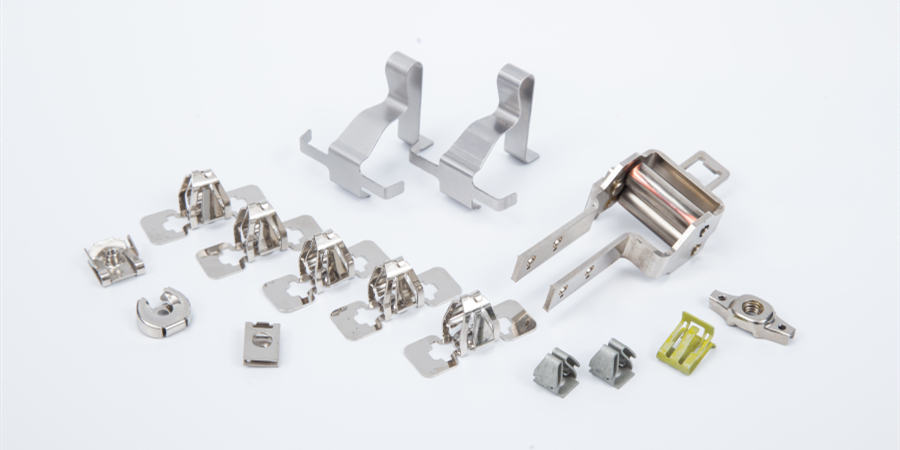
3. In the deep drawing process, the negative error of material thickness is too large, which will cause uneven shape due to springback, and will also form a lack of height of precision stamping parts and a small phenomenon of large bottom of stamping parts, which will also reduce the pressing force. In addition, the relative increase in the gap between convex and concave molds causes the material to wrinkle during the drawing process, which increases the difficulty of metal material activity, thereby increasing the drawing force, resulting in cracking of stamping parts at the rounded corners of the concave mold. The positive error of material thickness is too large, which increases the friction between the material and the blank holder ring and the mold, and the relative decrease in the gap between convex and concave molds increases the drawing force, forming a thinning of the material and a cracking phenomenon at the rounded corners of the punch. And because of the increase of the drawing force and the drawing work, it may become an equipment overload. Uneven material thickness will cause uneven wall thickness of the stamping part and uneven edge of the mouth. Severe uneven material thickness will cause cracking of the stamping part, and damage the die and equipment for large stamping parts.
This article is from EMAR Mold Co., Ltd. For more EMAR related information, please click: www.sjt-ic.com!


 Spanish
Spanish Arabic
Arabic French
French Portuguese
Portuguese Belarusian
Belarusian Japanese
Japanese Russian
Russian Malay
Malay Icelandic
Icelandic Bulgarian
Bulgarian Azerbaijani
Azerbaijani Estonian
Estonian Irish
Irish Polish
Polish Persian
Persian Boolean
Boolean Danish
Danish German
German Filipino
Filipino Finnish
Finnish Korean
Korean Dutch
Dutch Galician
Galician Catalan
Catalan Czech
Czech Croatian
Croatian Latin
Latin Latvian
Latvian Romanian
Romanian Maltese
Maltese Macedonian
Macedonian Norwegian
Norwegian Swedish
Swedish Serbian
Serbian Slovak
Slovak Slovenian
Slovenian Swahili
Swahili Thai
Thai Turkish
Turkish Welsh
Welsh Urdu
Urdu Ukrainian
Ukrainian Greek
Greek Hungarian
Hungarian Italian
Italian Yiddish
Yiddish Indonesian
Indonesian Vietnamese
Vietnamese Haitian Creole
Haitian Creole Spanish Basque
Spanish Basque

